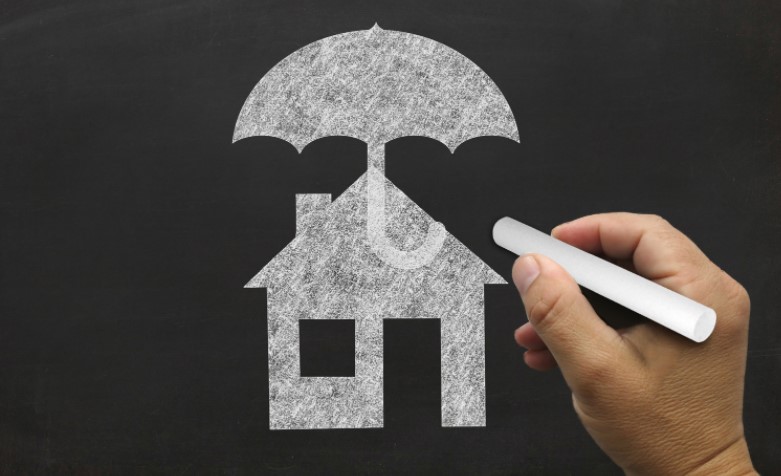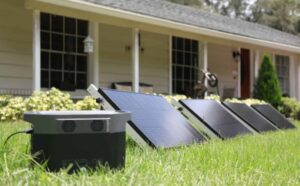
If you own your home, you probably want to make sure that it stays in great shape for as long as possible. After all, you can’t do anything to increase the value of your home if its structural integrity begins to falter, right?
Structural damage to homes can result in thousands of dollars worth of repairs, especially if the foundation or the roof are damaged. Luckily, there are simple steps you can take to prevent damage to your home’s structure, both now and in the future. By taking these steps to maintain your home’s structural stability, you can help ensure that you get the most out of this significant investment:
1. Identify Damaging Holes and Cracks
Before you do anything else, you should be sure to identify and repair any problem areas in your home’s foundation. Consider bringing in a professional for help with structural damage. However, make sure they can tell you if and how these problem areas might be causing (or will cause) damage elsewhere in your home.
Cracks and holes can allow water from rain or snowmelt to enter your home. This water is likely to find its way into other areas, including your basement or crawlspace. When it does, problems develop with mold and mildew. Additionally, damage occurs because moisture allows the wood to expand and contract faster than average, leading it to rot more quickly than expected.
After checking for cracks and holes, experts recommend getting mold testing for the home. These tests help see if any mold has developed from high interior humidity and even flooding. Mold can affect your wallpaper, wood products, and drywall backing without proper treatment.
If you own an old home, it’s essential to be vigilant about Foundation Issues In Old Homes identifying damaging holes and cracks in the foundation. Over time, the foundation of an old house may develop cracks due to settling, shifting soil, or moisture-related issues. These foundation issues can lead to structural problems, such as uneven floors, sticking doors, or even water seepage. By identifying and addressing these damaging holes and cracks early on, you can prevent further deterioration and ensure the stability and longevity of your old home.
2. Proactively Prepare for Natural Disasters
In a world where natural disasters happen at seemingly random intervals, you must prepare your home for whatever comes. You can be vulnerable to floods, earthquakes, tornadoes, or hurricanes, depending on where you live. To be fully prepared for every natural disaster, make sure your homeowner’s insurance is up-to-date and install surge protectors along with gas and water shutoffs. Do all that you can in advance, so you don’t have to worry once disaster strikes.
Water and moisture can be major enemies when it comes to house stability. Whether you’re in a flood zone or just in an area that experiences heavy rains, keeping your home protected from water damage can help reduce the future risk of structural collapse. Make sure you have your basement waterproofed with a concrete sealant. Ensure you sealed any cracks around windows and doors with silicone caulk. These two areas are particularly susceptible to water damage. Be sure your gutters and downspouts aren’t clogged, which allows rainwater to run inside and weaken foundations over time.
3. Have Proper Insurance
Before you start any renovation project, make sure you have adequate insurance. If your home suffers structural damage during a renovation project, there’s no way around it—the repairs will cost money. Even if you have homeowner’s insurance, it might not cover all aspects of repairing or replacing your home after a renovation. Many policies don’t cover water damage, for example. Make sure you know what your policy does and doesn’t cover before starting work on a big job.
Particular renovations can cause additional damage not covered by standard insurance. If you tear out part of your home’s floor and then discover a water pipe leak under it, you’ll have to pay for both repairs: moving to a new home or repairing your home and fixing or replacing whatever was damaged by water. Be sure that any contractor you hire is bonded and insured, so they will be able to reimburse you for any damage caused during their work.
4. Get Annual Home Check-ups
The best way to make sure your home is safe from structural damage is to get a professional to inspect your home regularly. They’ll be able to show you any problems that need attention before they get out of hand. Also, by keeping on top of maintenance issues, you can keep a healthy distance between yourself and expensive repairs later on.
Get in touch with an architect or contractor specializing in residential construction for recommendations on how often you should schedule these inspections. Inspections usually cost several hundred dollars per visit. But if your home is a high-value property, it might qualify for a free check.
Repairing your home is not easy; it can be costly and time-consuming. If you do not feel like you can do structural repairs, or if your project is beyond your skill level, seek out professional help immediately. It’s best to prepare early to prevent structural damages in your home.




